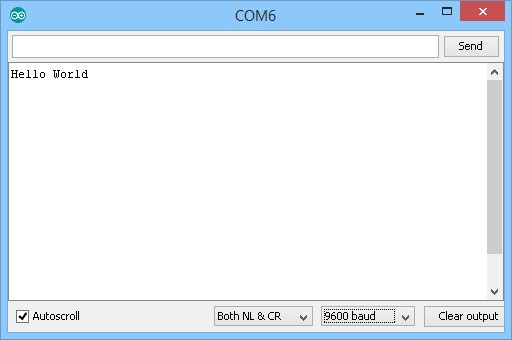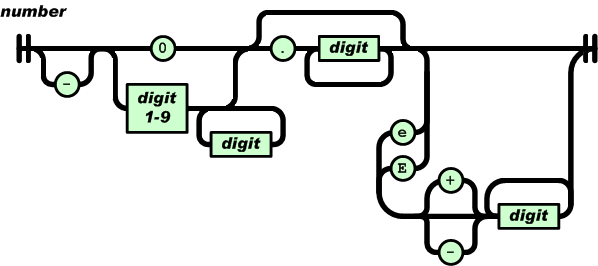

- #Arduino parse hex how to#
- #Arduino parse hex serial#
- #Arduino parse hex full#
- #Arduino parse hex code#
All that is required is something along these lines: Simple to declaratively define (and subsequently parse) command line options.

The great CommandLineParser library makes it extremely NET Core so they should work cross-platform (Windows, Linux, Mac OSX).īoilerplate for parsing Command Line Options In particular, not all branching statements (e.g.
#Arduino parse hex code#
#Arduino parse hex full#
#Arduino parse hex how to#
This blog post will focus on how to generate (basic) Control Flow Graphs, a computer science The old adage “a picture is worth a thousand words” is true! Reading these disassembled listings can still be a laborious task (even more so when the code is generated by a compiler rather than manuallyĪssembled by a human programmer). While the industry standard is definitely avr-objdump (in the avr-gcc toolchain), multiple people (including myself) wrote their own (you can find mine here). HEX files (the end result of compilation that is typically flashed through theīootloader on your Arduino) are not hard to come by.
An instance of CommandParser<> in RAM is 456 bytes on a 32-bit Arduino Nano 33 BLE.This library has a higher RAM footprint compared to similar libraries, because it fully parses each argument instead of leaving them as strings. Than the list of machine instructions it ultimately compiles down to.ĭisassemblers for viewing the contents of. This library works with all Arduino-compatible boards. Then, “a + b” is the actual value of the two hex characters.In all fairness, for any Arduino (or Atmel AVR) program it is hard to fathom a more authoritative source (on its behavior) Then do the same for the second character and just use it (I showed “multiply by one” just for consistency).

Now, I don’t use the Strings library and my subString syntax may be wrong, but the idea is to get the first character of the 2 character string, get it’s int value and multiply by 16. Try this: int a = (c.subString(1,2).toInt() * 16)

So, 3*16 + 9 gives you 48 + 9 = 57 which is the ASCII code for 9. The “9” is the one’s place and the “3” is in the “16’s” place. Think about the hex value “39” for example. You are taking the hex values 30…39, converting them to decimal 30…39 and then adding 18 to make them ASCII 0…9 which, of course, fails for values A-F and any other values that do not “look” purely numeric.īut, if you want to do it like this, try to actually parse the value of each string. How can I convert “4A4B4C4D4F” to show on LCD as JKLMO?
#Arduino parse hex serial#
“3132333435363738” I get this string data from serial port and need to show 12345678 on LCD Display.I try to use code as attached. I have some problem to convert HEX String to Integer.


 0 kommentar(er)
0 kommentar(er)
